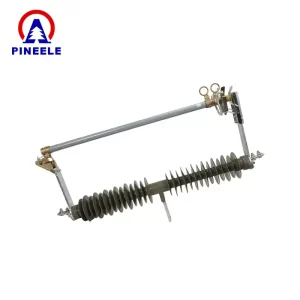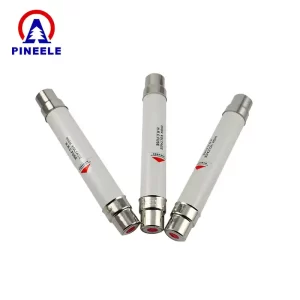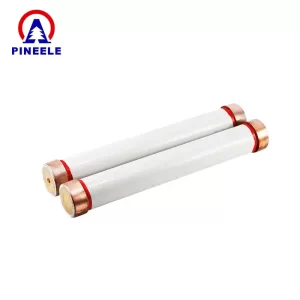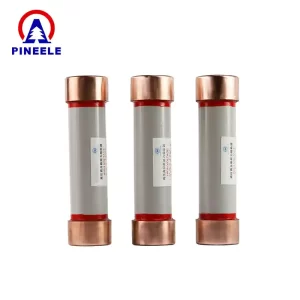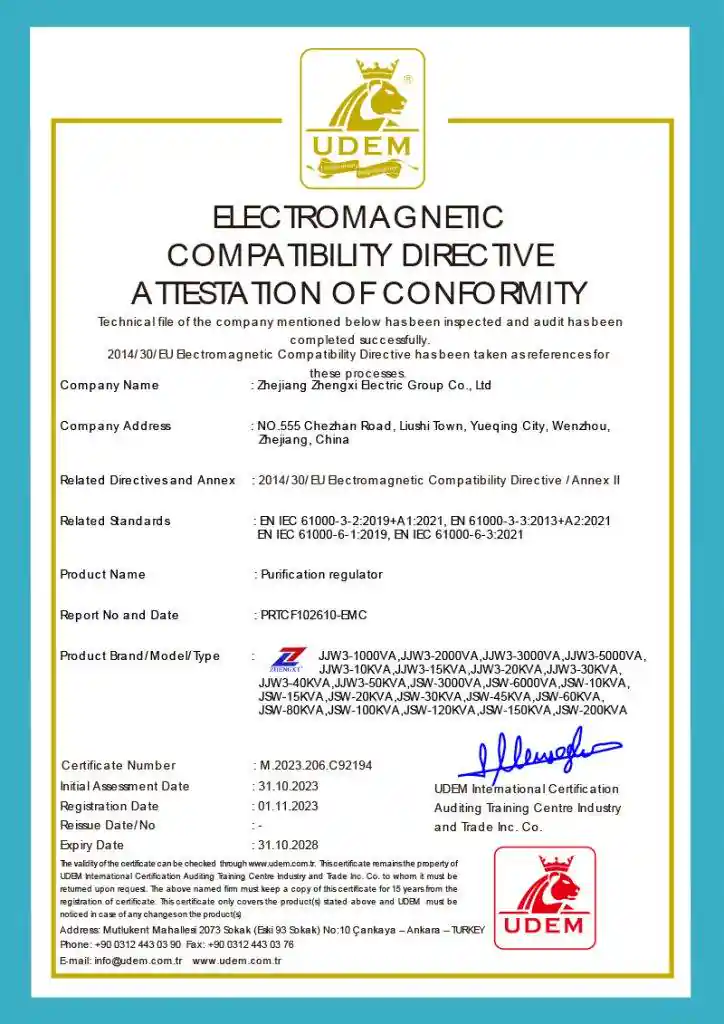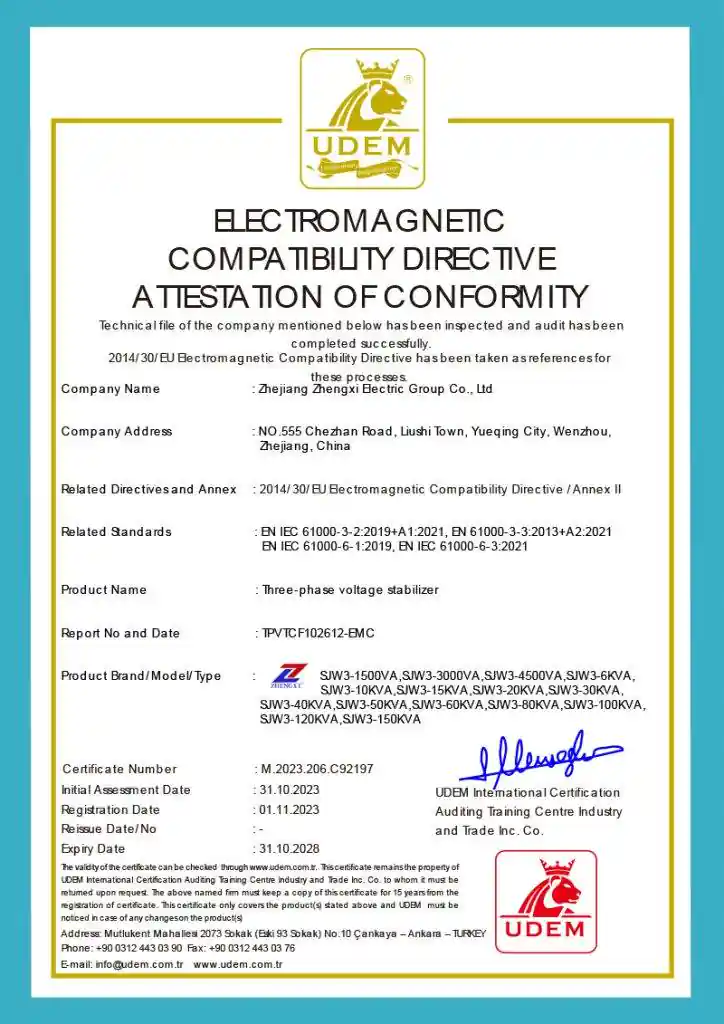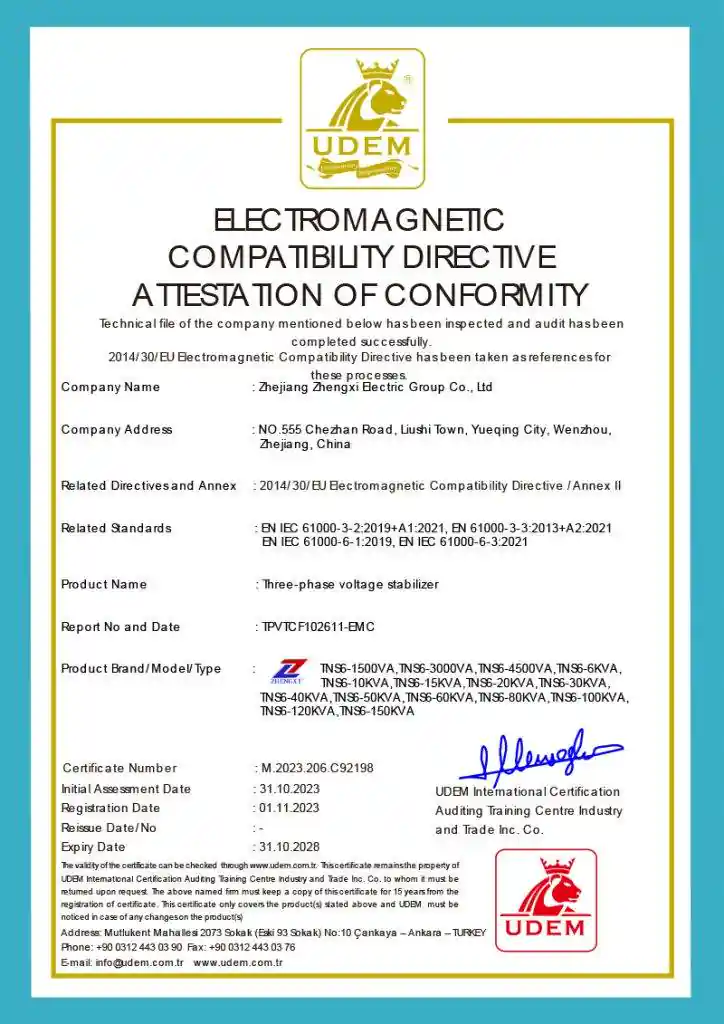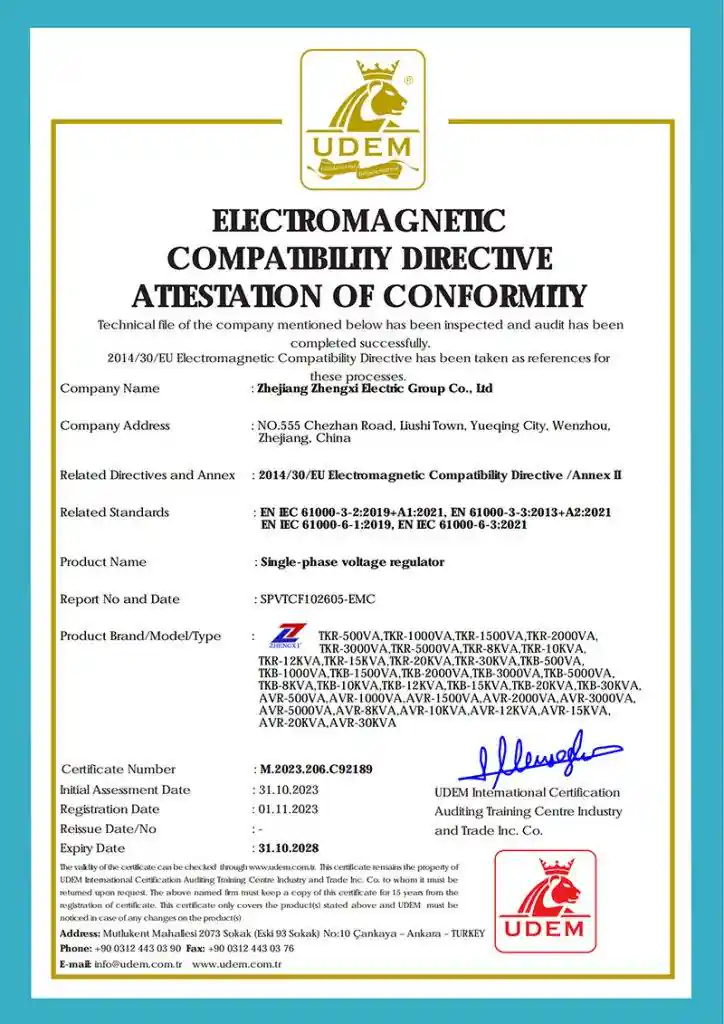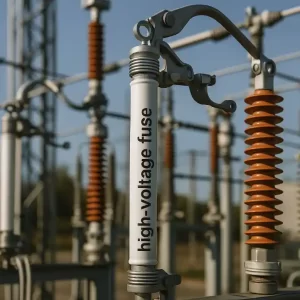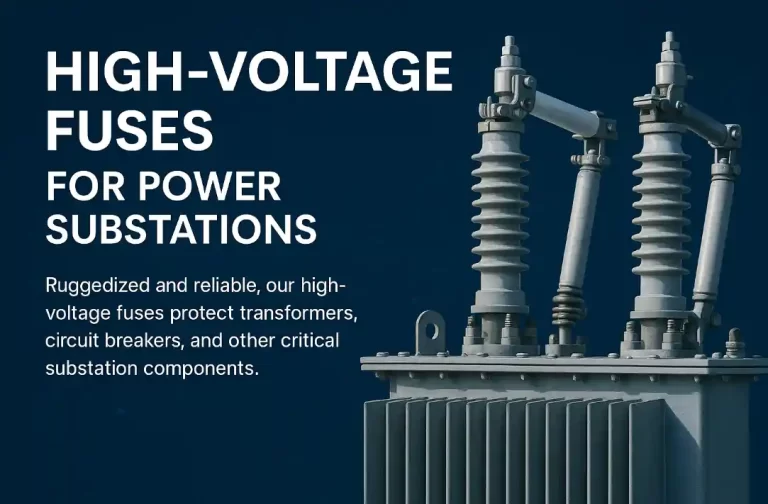High-Voltage Fuses for Power Substations
Designed for mission-critical systems, our high-voltage fuses are trusted worldwide to safeguard transformers and substations—meeting IEC and ANSI standards and proven across decades of field use.
Certified Fuse Product Line
High-Voltage Fuses Engineered for Critical Infrastructure
PINEELE delivers precision-built high-voltage fuse solutions for substations, transformers, and grid protection. Backed by global certifications and a proven track record, our products ensure safe, reliable, and standards-compliant performance in mission-critical environments.
15
Years of Fuse Engineering Expertise
36K
Global Clients Trusting PINEELE Products
642
Substation Projects Delivered Worldwide
High-Voltage Current-Limiting Fuse Series
PINEELE’s current-limiting fuses are designed to provide fast and reliable overcurrent protection in medium- and high-voltage power distribution networks. Our XRNT, HGRW1, RN1, and RN2 series are widely used in transformer protection, capacitor banks, and RMUs (Ring Main Units), fully complying with IEC and ANSI standards.
They are engineered to interrupt fault currents before peak let-through, minimizing thermal and mechanical stress on downstream equipment, ensuring substation safety and longevity.
Product Comparison Table
| Model | Voltage Rating | Application | Fuse Type | Mounting | Standards |
|---|---|---|---|---|---|
| XRNT Current-Limiting Fuse | Up to 12kV | Transformer short-circuit protection | High-voltage, indoor | Cartridge or DIN | IEC 60282-1 |
| XRNT HV Fuse (Extended) | Up to 24kV/36kV | RMUs, indoor switchgear | HV current-limiting | Indoor / Sealed box | GB 15166.2, IEC |
| HGRW1-35KV Fuse | 35kV | Pole-mounted switchgear and overhead systems | Outdoor high-voltage | Bracket-mount | IEC 60282-2 |
| XRNT for Transformer Protection | 6–12kV | Oil-immersed or dry-type transformer inputs | HV cartridge fuse | Indoor | ANSI/IEC certified |
| RN1-10 HV Fuse | 3.6–12kV | Indoor switchgear & cable protection | HV limiting, type RN | Porcelain | IEC/GB |
| RN2 Indoor HV Fuse | 3.6–10kV | Transformer or capacitor protection | HV current-limiting | Indoor | IEC 60282-1 |
Key Features Across Series
High breaking capacity for medium- and high-voltage circuits
Designed to limit let-through current and energy (I²t)
Optimized for transformer and cable protection in compact substations
Ceramic or epoxy tubes for superior arc-quenching
Compliant with IEC, GB, and ANSI standards
Compatible with switchgear from ABB, Schneider, Siemens, and more
Applications
Pad-mounted and compact substations
Oil-immersed & dry-type transformer inlets
Ring Main Units (RMUs) and indoor switchgear cabinets
Overhead distribution lines (HGRW1 Series)
Renewable energy installations (solar/wind interconnects)
Reliable overcurrent protection
Designed to interrupt excessive current quickly and safely, protecting critical electrical equipment from damage.
Rated up to 40.5kV for HV systems
Engineered to handle high-voltage conditions with stability and precision, meeting global performance standards.
Ideal for transformers and substations
Specifically designed for integration into power distribution networks, ensuring dependable operation in critical infrastructure.
Trusted by clients in 30+ countries
Backed by global partnerships and field-tested performance, our fuses serve industries worldwide with confidence.

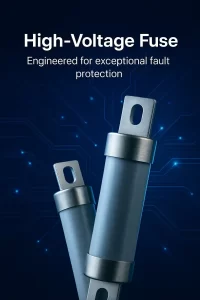
High-Voltage Fuse Solutions for Modern Power Systems
At PINEELE, we specialize in designing and manufacturing High-Voltage Fuse products that meet the evolving needs of global energy infrastructure. Our fuses are engineered to provide fast, reliable overcurrent protection in high-demand environments.
- Fast Fault Response
- Built for Reliability
- Global Reach
Certification & Global Standards Compliance
At PINEELE, every High-Voltage Fuse we produce is backed by internationally recognized certifications to ensure the highest levels of safety, reliability, and performance. Our fuse products comply with IEC, ANSI, and IEEE standards, making them fully compatible with global power systems and substation environments. Whether it’s for industrial grids, utility substations, or renewable energy applications, our certified High-Voltage Fuses guarantee stable fault protection, long-term durability, and seamless integration into your electrical infrastructure. All fuses undergo strict type testing, routine factory inspection, and quality audits to meet ISO 9001 and CE requirements. Choose certified fuses. Choose confidence.
Our Services
Comprehensive Gardening and Landscaping Solutions
Custom Fuse Configuration
Tailored high-voltage fuse solutions designed for your specific voltage and application needs.

Technical Design & Support
Get expert engineering assistance to ensure optimal protection for your transformers and switchgear.

Fast Delivery & Global Logistics
Ensure your systems meet IEC, ANSI, or local regulations with confidence and peace of mind.

OEM & Private Label Services
Add your brand to our fuses with customizable packaging and technical documentation.

Why Us
Why Choose Us for High-Voltage Fuses
Precision-Matched High-Voltage Fuses
Each high-voltage fuse is precisely engineered to match your system’s voltage class, interrupting rating, and installation environment—ensuring perfect fit and flawless performance.
Certified High-Voltage Fuse Manufacturing
Our production process follows strict ISO, IEC, and ANSI protocols, guaranteeing high-voltage fuse quality, traceability, and long-term operational reliability.
Application-Specific Fuse Design
From overhead grid protection to compact substations, we deliver high-voltage fuse solutions tailored to solar farms, wind systems, industrial machinery, and more.
Consistent Thermal and Arc Stability
Designed to withstand high inrush currents and fault surges, our high-voltage fuses maintain arc integrity and thermal stability even under continuous electrical stress.
Global Projects, Localized Fusing
We support high-voltage fuse deployment in over 30 countries with multilingual tech teams, local compliance documentation, and region-specific voltage adaptation.
Integrated High-Voltage Fuse Services
From initial selection to post-installation testing, our full-lifecycle service ensures your high-voltage fuse solution performs exactly as expected—with no guesswork.
High-Voltage Fuse Installations
Our Clients
We are proud to serve a wide range of trusted partners in the power and energy sector. From global utility providers to industrial OEMs, our high-voltage fuse solutions are trusted where reliability matters most.
Testimonials
Honest Reviews from our Customers

Michael Zhang
Facility Manager, Kuala Lumpur
“We’ve been sourcing high-voltage fuses from this team for over three years. Reliable delivery and zero product failures—exactly what we need in critical power systems.”

Elena Rodriguez
Electrical Contractor, Madrid
“Their technical team helped us choose the right fuse types for a complex solar project. The support was top-notch, and the products performed flawlessly.”

Samir Patel
Operations Director, Mumbai
“We switched to their fuses after facing issues with another brand. Not only was the quality better, but the packaging and documentation made our installations much smoother.”

Daniel Brooks
Renewable Energy Consultant, Sydney
“Their high-voltage fuses are now my go-to for wind farm protection systems. The products are durable, IEC-compliant, and backed by real technical knowledge.”

Liu Yiting
Power Engineer, Chengdu
“I was impressed by how quickly they delivered custom-rated fuses for a last-minute government project. Service, quality, and speed—everything was spot on.”

Richard Thompson
Substation Supervisor, Johannesburg
“They didn’t just sell us fuses—they helped optimize our whole protection setup. You can tell these people understand high-voltage power systems deeply.”

Isabelle Fournier
Project Lead, Lyon
“We used their high-voltage fuses for a municipal grid upgrade. The team was responsive, and the products passed every test with ease. Definitely a supplier we trust.”

Ahmed Nasser
Head of Maintenance, Abu Dhabi
“Their fuses have been running in our substations for over a year without a single issue. Great technical documentation, and the after-sales support is excellent.”
Frequently Asked Questions
Explore expert answers to the most frequently asked questions about High-Voltage Fuses, covering performance, standards, applications, and protection strategies.
Understanding High-Voltage Fuse Basics
A high-voltage fuse is a protective device designed to interrupt overcurrent in electrical systems operating above 1,000 volts. It ensures that faults like short circuits don’t damage transformers, switchgear, or grid components.
The main types include:
Expulsion fuses (used in overhead distribution)
Current-limiting fuses (used in substations and transformers)
Cartridge-type fuses (enclosed and standardized for industrial use)
Yes, a fuse rated for a higher voltage than the system voltage is safe, as long as its current rating and interrupting capacity match the system requirements. However, never use a fuse with a lower voltage rating than the system.
Low-voltage fuses operate below 1,000V, are smaller, and are used in residential or light industrial applications. High-voltage fuses are designed for voltages up to 40.5kV or higher and are built to withstand extreme fault currents in substations and grid systems.
LV fuses are typically used in circuit panels, machinery, and small transformers to protect equipment from overloads or short circuits. They’re commonly found in commercial, residential, and light industrial settings.
Technical Guidance & Application Tips
Typical high-voltage fuse ratings range from 3.6 kV to 40.5 kV, with current ratings from 1A to 200A, depending on application. Always refer to IEC 60282 or ANSI C37.41 standards for proper selection.
Fuses are designed to protect against overcurrent, not overvoltage. Surge arresters or voltage regulators are used to handle high voltage spikes, while fuses interrupt dangerous current flow resulting from those spikes.
A surge is a sudden increase in voltage, often due to lightning or switching events. A fuse is a protective component that responds to overcurrent. Surge protection devices handle voltage; fuses handle current.
Testing involves visual inspection, continuity testing with a multimeter, or using a high-voltage test bench to measure insulation resistance and confirm functionality. Fuses should always be tested while de-energized and isolated.
A voltage transformer fuse protects potential transformers (VTs) or voltage sensors from fault currents. These fuses are crucial for maintaining measurement accuracy and preventing VT damage in high-voltage systems.
blog
What is High Circuit Breaker Voltage?
When discussing modern power systems, one critical component that stands out is the high-voltage circuit breaker. These devices are the guardians of grid stability, ensuring that faults and overloads are safely interrupted before damage spreads through transmission networks. In this article, we delve into the meaning of high circuit breaker
What is high breaking fuse?
Core Concept: Understanding High Breaking Fuses A high breaking fuse is a protective device capable of interrupting very large fault currents without causing damage to surrounding equipment. Unlike standard fuses, high breaking fuses are designed to safely open circuits even when subjected to short-circuit conditions exceeding tens or hundreds of
What Is a Voltage Breaker? A Comprehensive Technical Guide
In modern electrical systems, safety and reliability are paramount. One critical device that ensures both is the voltage breaker—a term often used to refer to circuit breakers designed to interrupt power flow during abnormal voltage conditions. Whether you’re an electrical engineer, maintenance supervisor, or simply a facility manager, understanding how
Exploring High Voltage Fuse Types
Discover the various types of high voltage fuses including current-limiting, expulsion, drop-out, and HRC fuses. Learn how to choose the right one for your application with technical comparisons and expert guidance.
What Is a Voltage Fuse? Understanding Its Role in Electrical Safety
Introduction: Safeguarding Electrical Systems with Voltage Fuses In the complex world of electrical engineering, safety is paramount. Among the many protective devices used across power distribution systems, the voltage fuse stands as one of the most critical components for preventing equipment damage and electrical fires. But what exactly is a
What Is the Difference Between LV and HV Fuses?
Fuses are a critical line of defense in electrical systems, protecting circuits and equipment from overcurrent conditions. In the context of modern power networks, understanding the differences between Low Voltage (LV) and High Voltage (HV) fuses is essential for engineers, installers, and energy planners. Though both serve the same core
Protecting Your High-Voltage Infrastructure with Certified Fuse Technology.
Contact us today to discuss your high-voltage protection requirements or request a product consultation.



